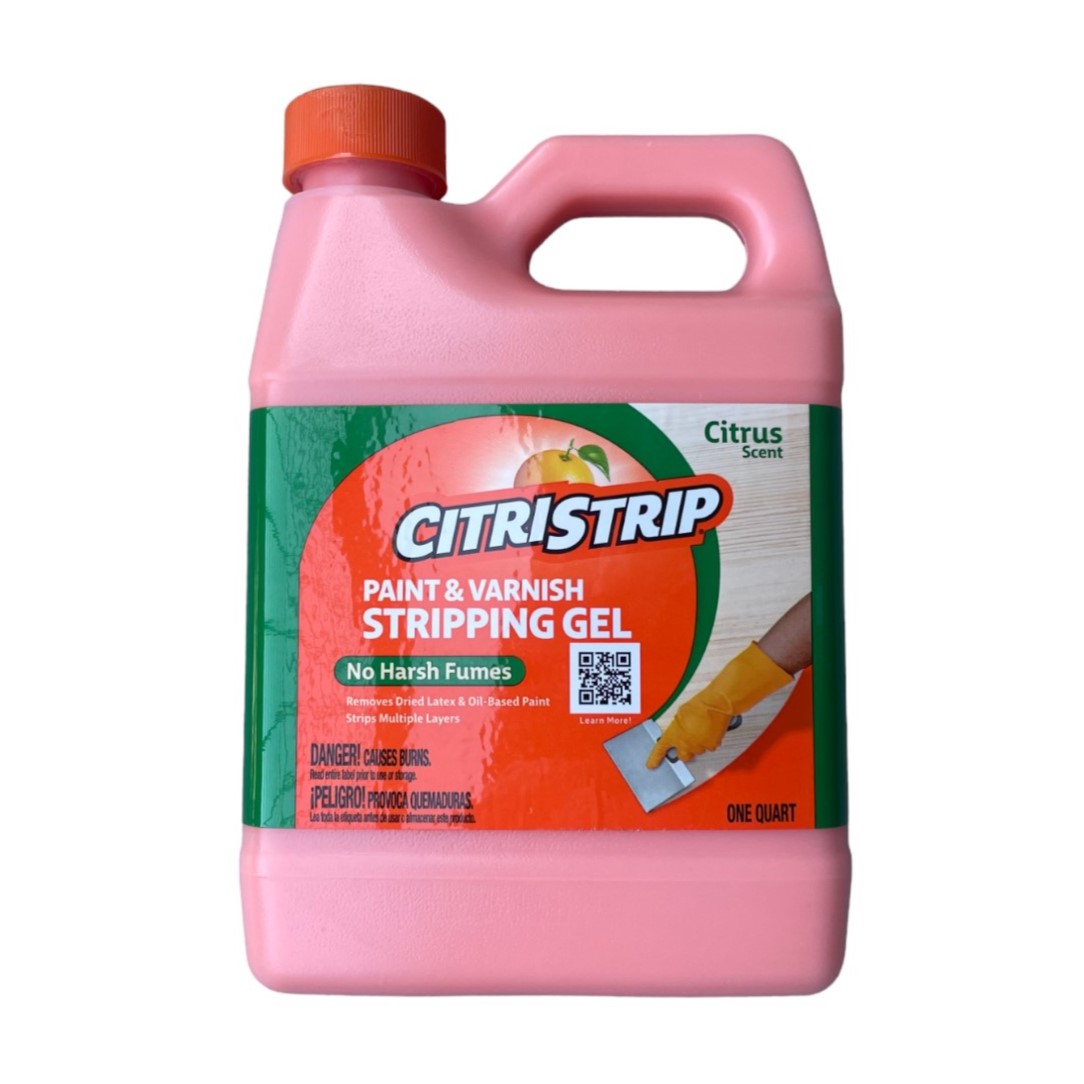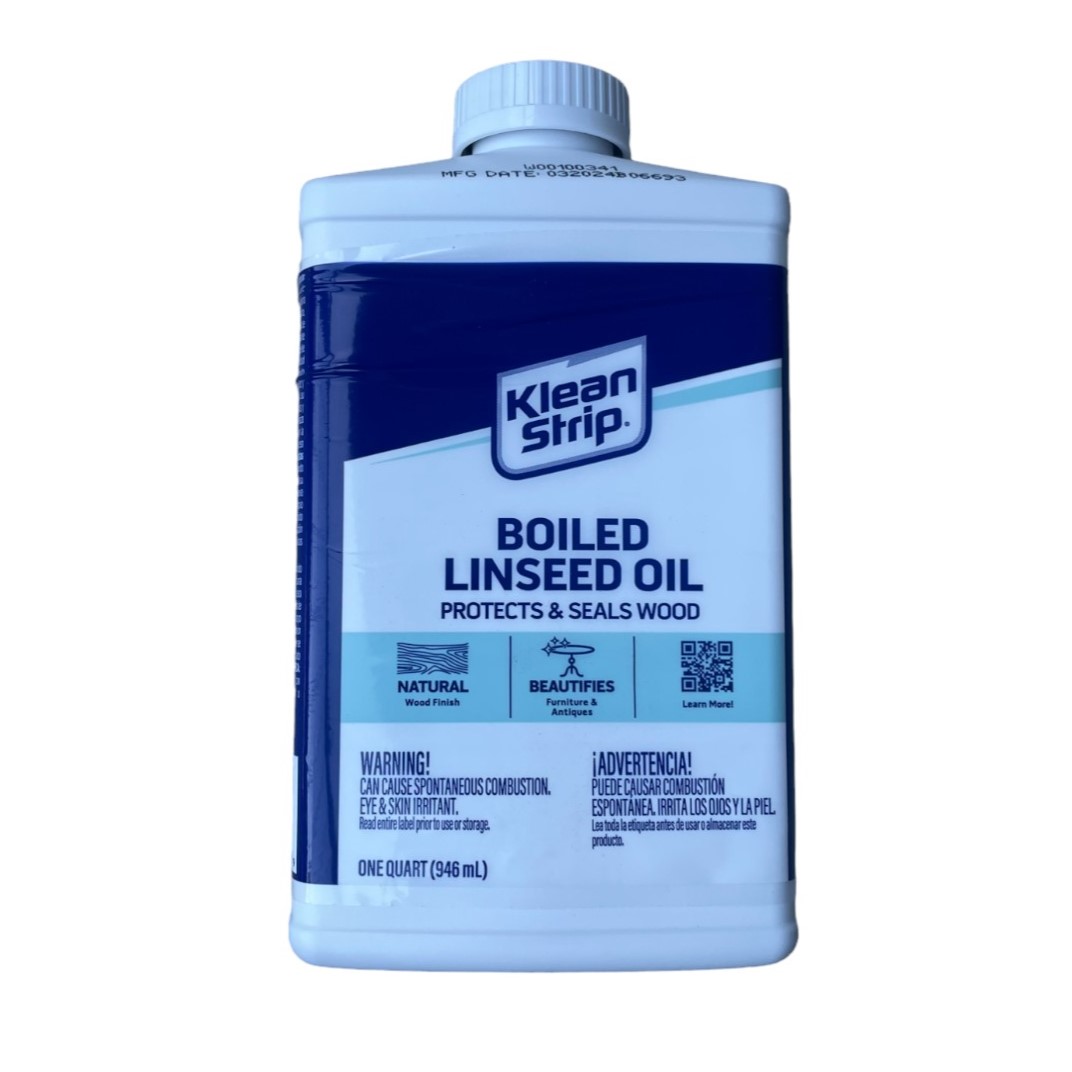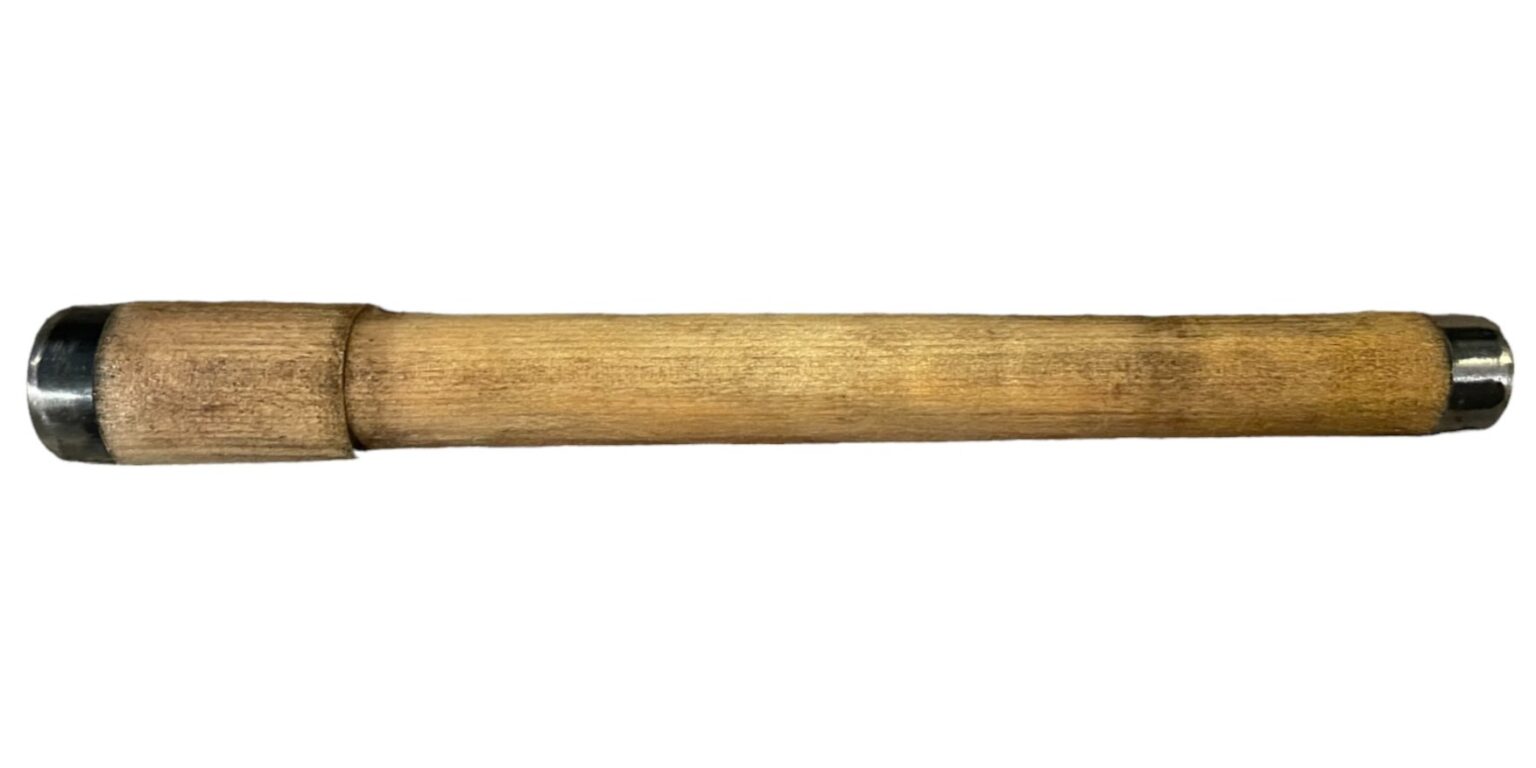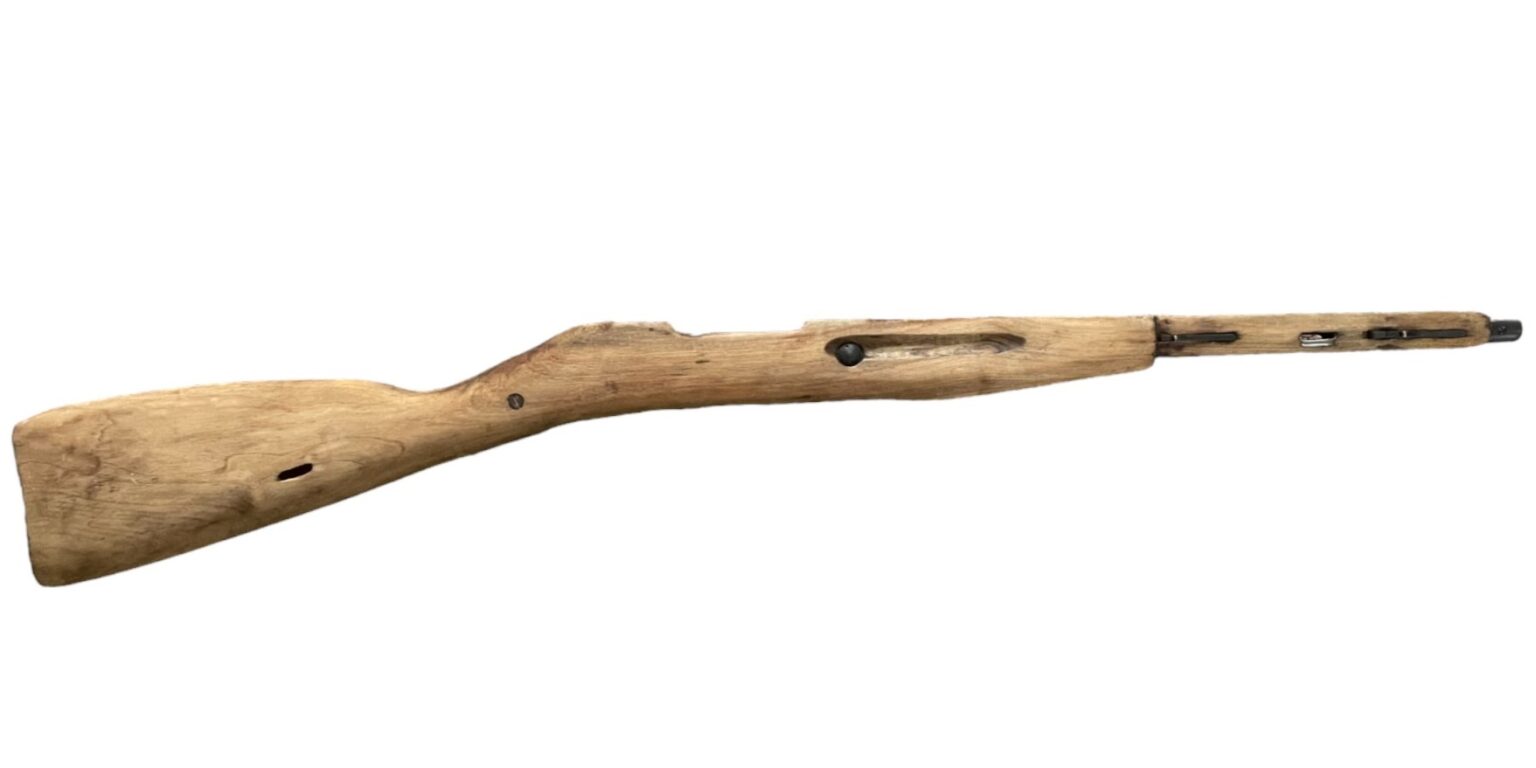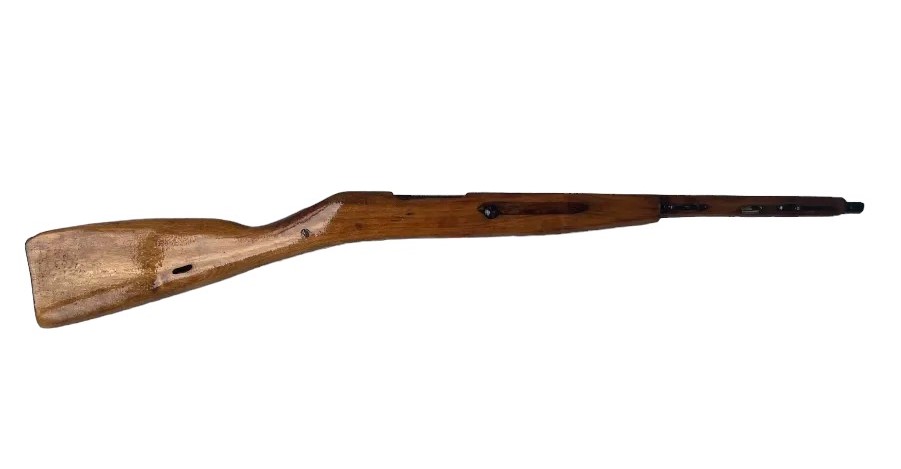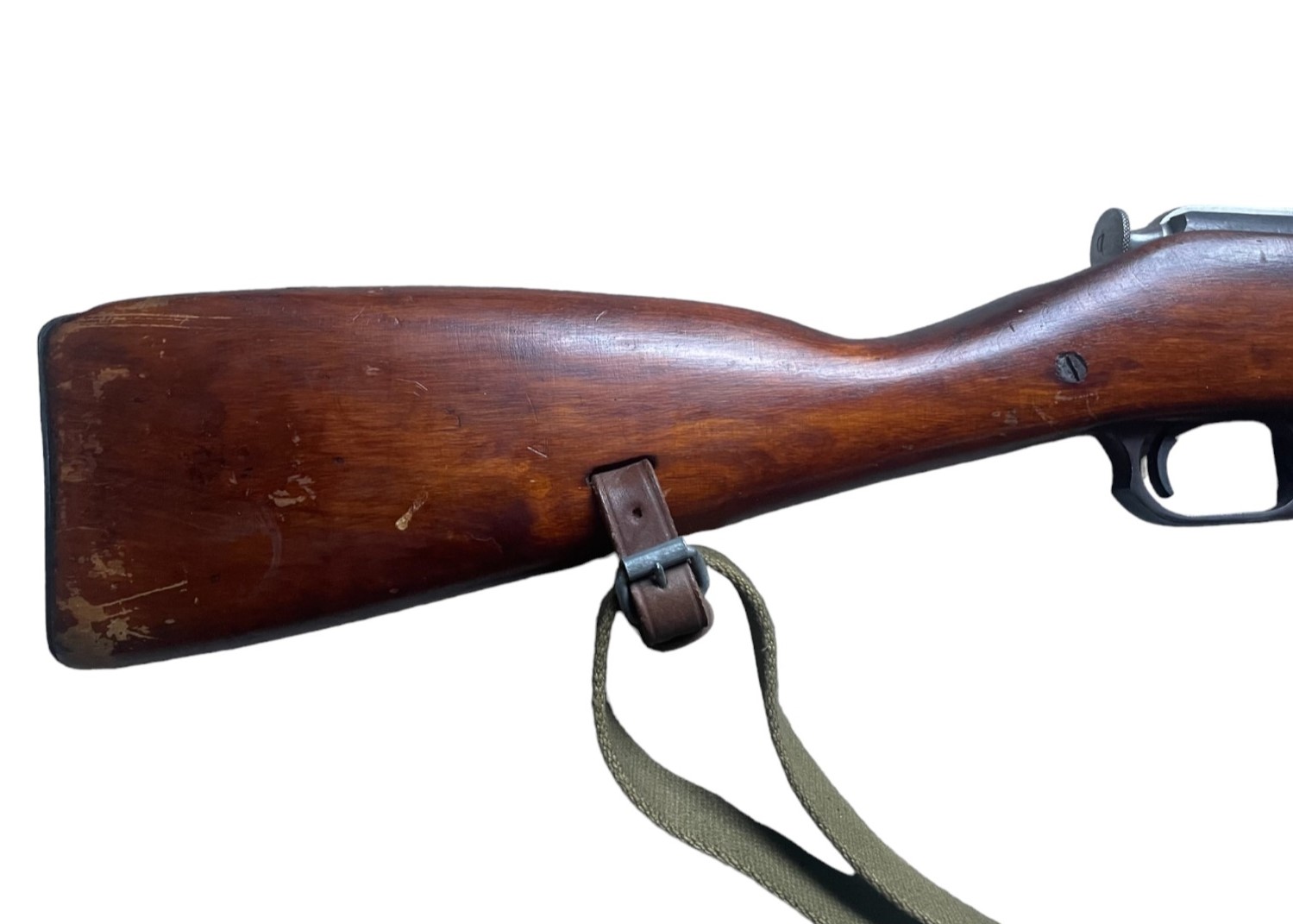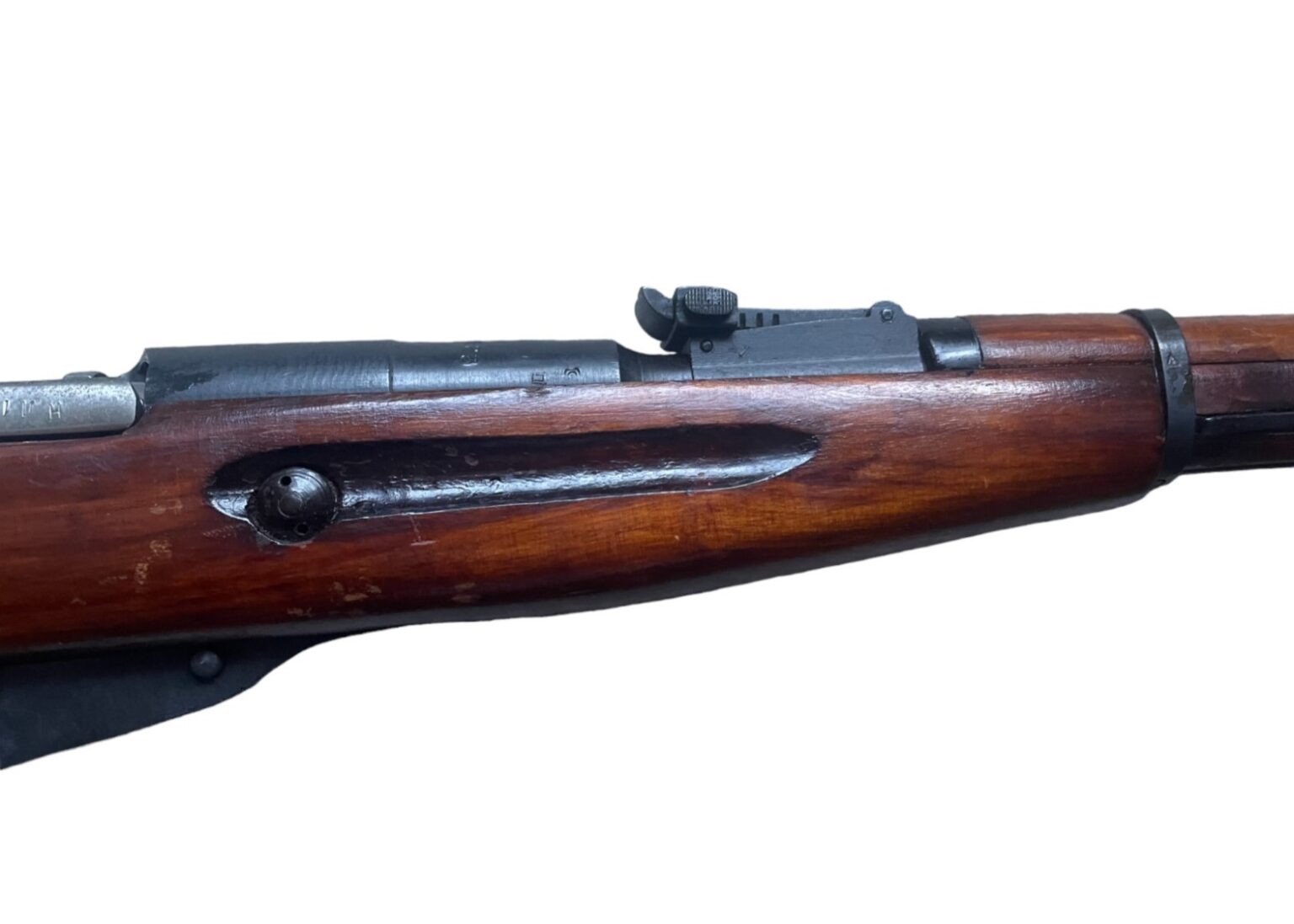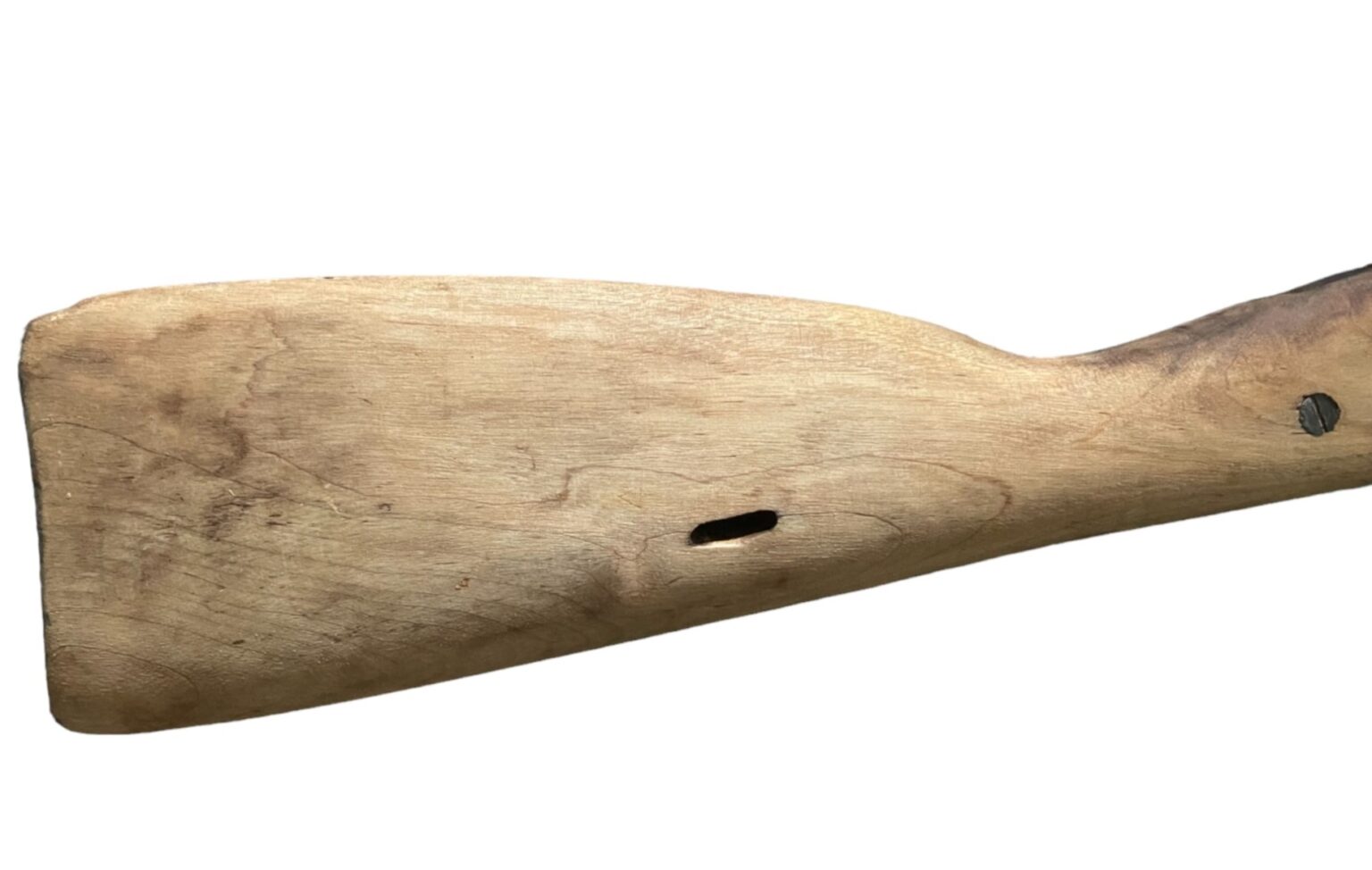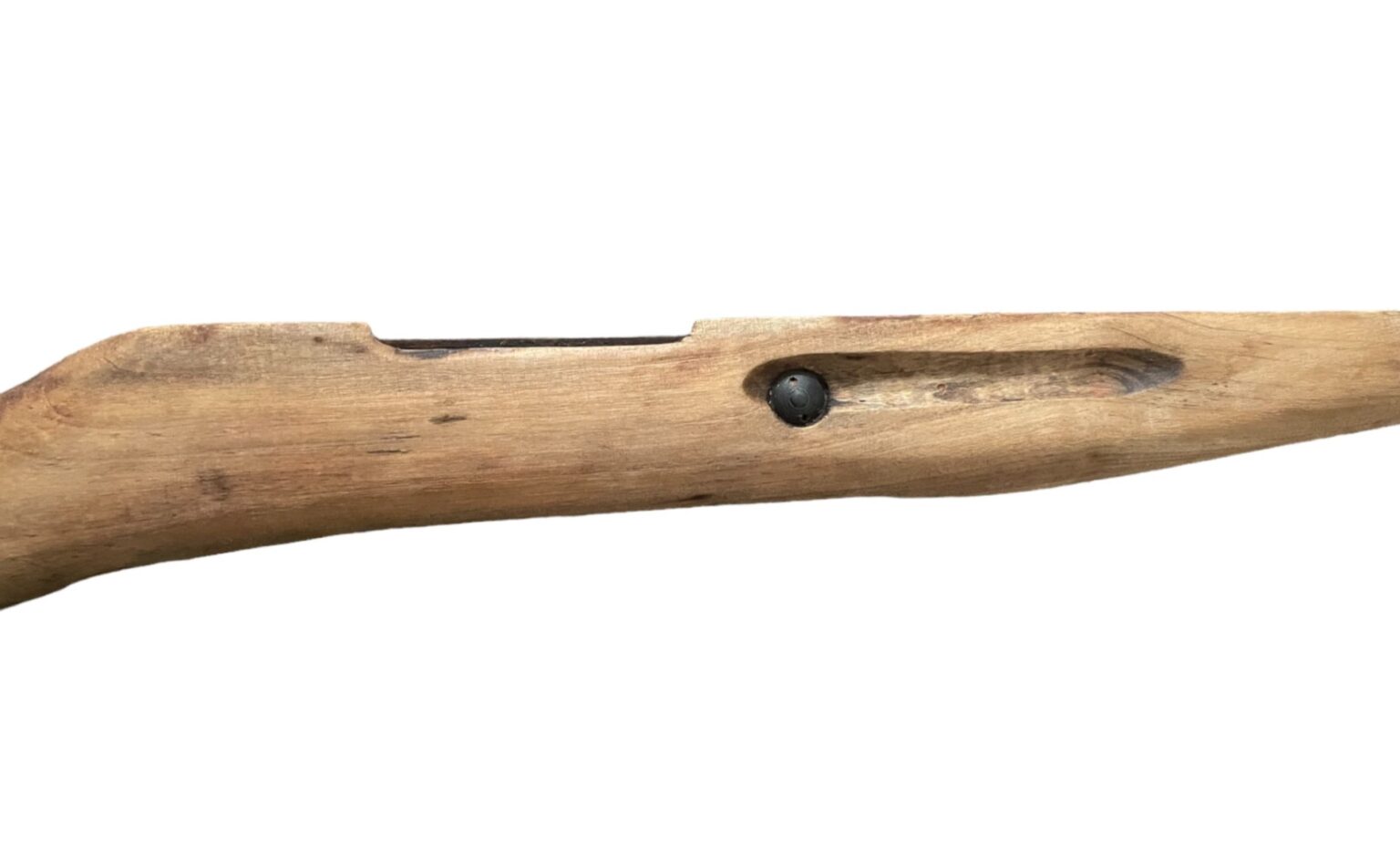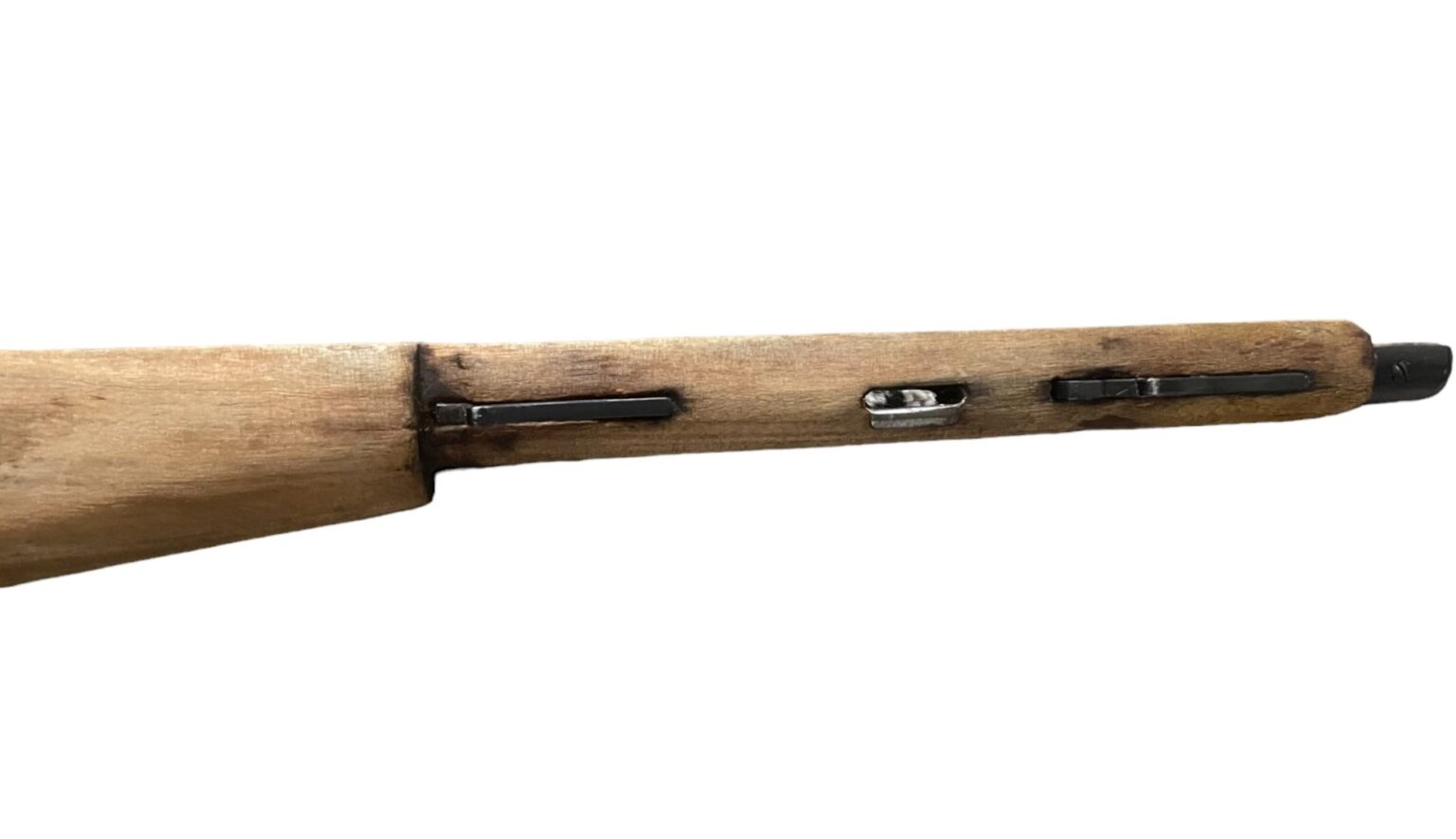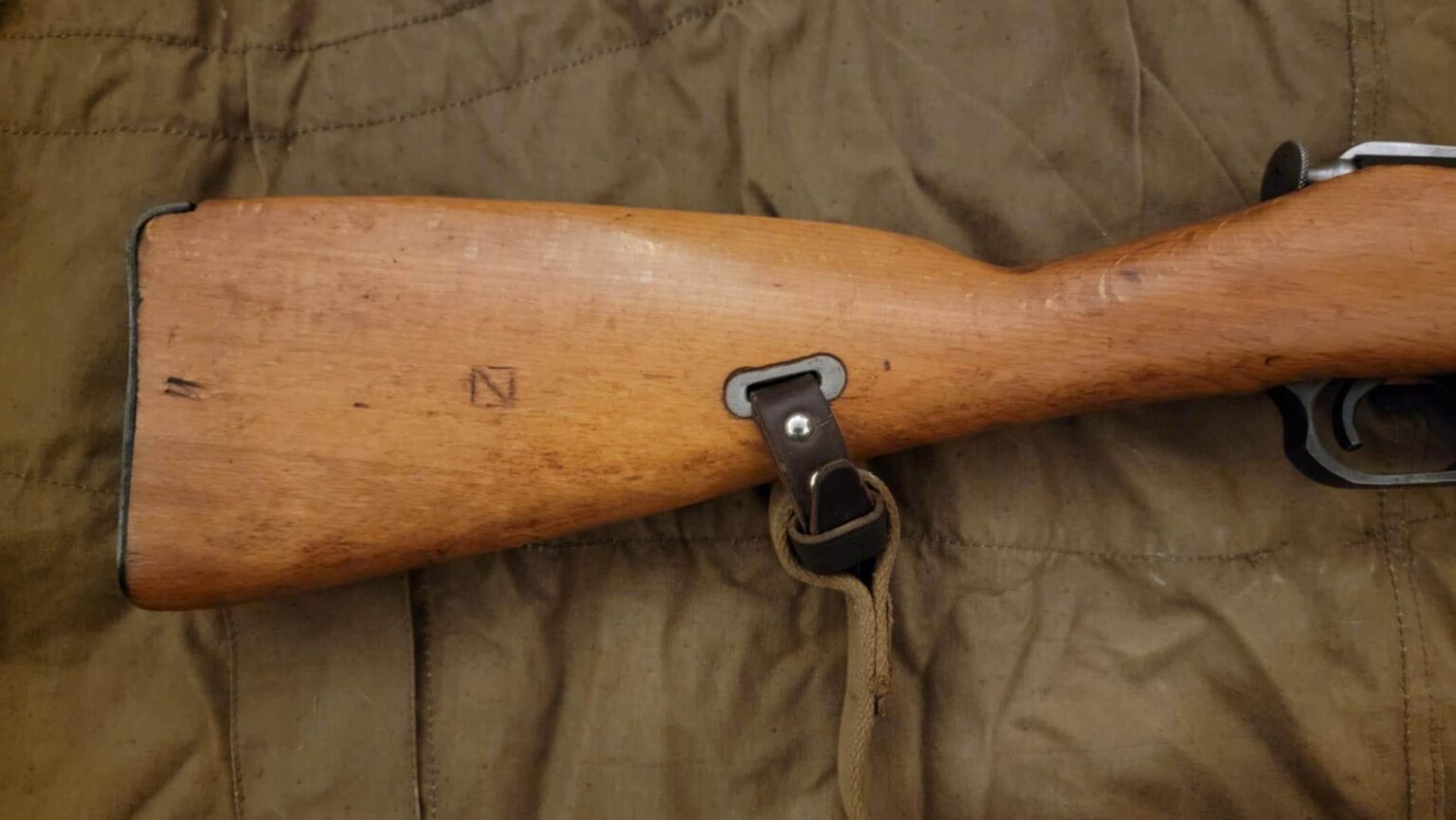By Tyler Brusseau and Max Schmidt
When acquiring a Mosin Nagant rifle, coming across one with its original stock finish intact is a rarity. Presently, most rifles feature a shellac finish, suitable for World War II-era Soviet. However, numerous alternatives exist for refinishing, including linseed oil or pine tar, which were historically prevalent choices. The Red Army employed various substances for their rifle stocks, with linseed oil being the focus of this guide. Note, we do not recommend refinishing your rifle stock if it still has the original finish still applied. Many Finn captured mosins still have the original finish on them, we only recommend you redo refurbished stocks, an example being one that has its refurb shellac peeling off. It’s important to note that refinishing is not mandatory for historical accuracy in Soviet reenactments; keeping the shellac finish or opting for refinishing both remain entirely acceptable choices. This guide provides an alternative for those who are curious about learning more about their rifle as well as want a reenacting project to work on. If you are curious to learn more about mosin rifle stocks in much more detail please check out the following article https://www.m9130.info/stocks-handguards it is worth the read if you have the time.
When acquiring a Mosin Nagant rifle, coming across one with its original stock finish intact is a rarity. Presently, most rifles feature a shellac finish, suitable for World War II-era Soviet. However, numerous alternatives exist for refinishing, including linseed oil or pine tar, which were historically prevalent choices.
The Red Army employed various substances for their rifle stocks, with linseed oil being the focus of this guide. It’s important to note that refinishing is not mandatory for historical accuracy in Soviet reenactments; keeping the shellac finish or opting for refinishing both remain entirely acceptable choices.
Note, we do not recommend refinishing your rifle stock if it still has the original finish still applied. Many Finn captured mosins still have the original finish on them, we only recommend you redo refurbished stocks that has its shellac peeling off for example.
This guide provides an alternative for those who are curious about learning more about their rifle as well as want a reenacting project to work on. If you are curious to learn more about mosin rifle stocks in much more detail please check out the following article https://www.m9130.info/stocks-handguards it is worth the read if you have the time.
